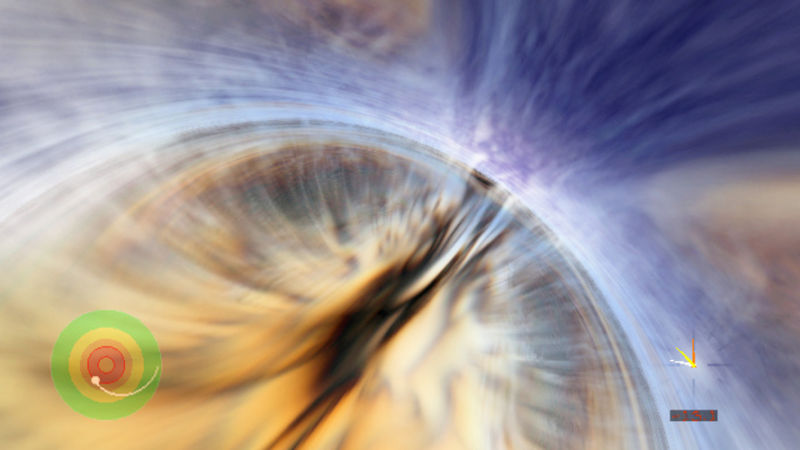Information paradox and black holes in plasmas
Ars Technica » Scientific Method 2017-02-09

Enlarge / Simulating the event horizon the old fashioned way, with computers. (credit: Andrew Hamilton; NSF )
Black holes are a problem for physics, and the physics community has never fully warmed to the idea of them. That's because, at the center of a black hole, the mathematics go haywire. More specifically, the equations of general relativity predict that the curvature of space should be infinite, and no one hates an infinity more than a physicist.
That was bad enough, but then it was discovered that black holes are not entirely black. At the very point of no return—where the pull of gravity is so strong that not even light can escape—light is emitted in the form of Hawking radiation. Exactly how Hawking radiation is generated doesn't really concern us here. For physicists, this is also a conundrum. The emission of Hawking radiation from a black hole violates the conservation of information. In an effort to resolve this idea through experiments, physicists are turning to the laboratory, where experiments can mimic black holes.
Where does the information go?
In quantum mechanics, a particle is described by a wave function—a mathematical device with no direct measurable physical meaning—that encapsulates all physical knowledge of that particle. I can chuck that particle into a black hole, but the black hole's wave function does not appear to be altered by this event in a way that preserves the information. The Hawking radiation that is emitted later doesn't obviously contain information about the particle, either.